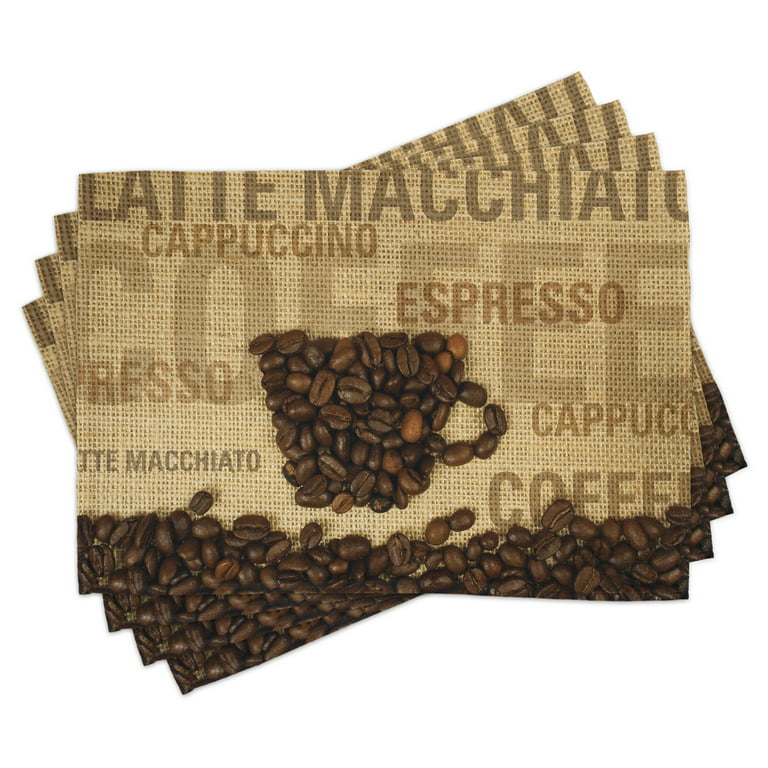What Does Unique Art Mean?
What Does Unique Art Mean?
Blog Article
Getting My Unique Art To Work
Table of ContentsThe smart Trick of Unique Art That Nobody is DiscussingAn Unbiased View of Unique Art7 Easy Facts About Unique Art DescribedEverything about Unique Art
While one could debate which art form holds priority, the truth continues to be that each of these 7 types supplies an unique window right into human history, culture, and evolution. They are the tapestries that chronicle our trip, advising us of our past while inspiring visions for the future.Terrific art work informs a story, makes people look two times, and produces a special experience that can't be matched. Art and images communicate every one of that via color, shape and various other layout elements. Find out how to make your distinct art work stick out from the group.
3 Emil DervishIn this entrance by Emil Dervish that lovely cobalt blue door steals the program. To bring much more dramatization, he extended the paint. to the doorframe and the wall up, ending up in a curved form. The contours, in addition to a spherical sconce, soften the sides - Unique Art. Structures classic posters and maps of cherished places established the scene.
8 TRIA GIOVANEqual components grand and laidback, this entrance hall designed by Anthony Baratta is the best blueprint to follow if you're enhancing a formal entrance that still really feels unfussy and comfortable. Formed fabrics take spotlight (see the carpetings and the sofa), but they likewise help bring the high ceilings down to a human scale when hung over wallpaper.
An Unbiased View of Unique Art
18 Heidi Caillier DesignA gallery wall does not require to take up the entire space. Actually, often a tiny one can make a larger design declaration. In this living-room, Hiedi Caillier went with micro-mini frames and a random make-up. Promotion - Continue Reading Below19 Stephen Kent JohnsonDesigner Juan Carretero decided for a deep green paint color to contrast with the light timber coatings.
, the expression of concepts and feelings, with the production of particular visual high qualities, in a two-dimensional aesthetic language. The components of this languageits shapes, lines, colours, tones, and texturesare used in various means to generate experiences of volume, area, movement, and light on a level surface area. These aspects are integrated into meaningful patterns in order to stand for actual or superordinary sensations, to interpret a narrative motif, or to develop completely abstract visual partnerships.
Later on the notion of the "fine artist" established in Asia and Renaissance Europe. Throughout the 19th century painters in Western societies began to lose their social setting and safe and secure patronage.
Unique Art Fundamentals Explained
Others gained an income have a peek at this site through touring exhibits of their job. The requirement to appeal to a marketplace had changed the similar (if less impersonal) demands of patronage, and its effect on the art itself was most likely similar. Usually, musicians in the 20th century can get to an audience only via commercial galleries and public galleries, although their job may have been sometimes reproduced in art regulars
For the background of paint in old Egypt, see Egyptian art and design. The development of painting in different areas is treated in a variety of write-ups: Western painting; African art; Central Eastern arts; Chinese paint; Islamic arts; Japanese art; Korean art; Indigenous American art; Oceanic art and architecture; South Asian arts; Southeast Asian arts. It is the feeling of inevitability in this formal company that gives a wonderful painting its self-sufficiency and visibility. The colours and positioning of the primary photos in a design may be often mostly determined by representational and symbolic factors to consider. Yet it is the formal interaction of colours and forms that alone is qualified of connecting a specific state of mind, creating optical feelings of space, volume, movement, and light and developing forces of both harmony and tension, even when a paint's narrative meaning is rare.
Do not duplicate the style of other musicians if you're searching for your design. Copying other people's artwork can be great in educational objectives yet it will not make you closer to discovering your very own one-of-a-kind style. Your creative design has to be, what you like and what influences you.

Unique Art for Dummies
You require to try lots of various alternatives and discover everything why not find out more before you can concentrate on one specific design or you'll be burnt out, or even worse, you'll dislike your very own design. So I suggest you to try every topic that you have an interest in, check out as much as you can. Attempt various tools that excite you and brand-new methods you've never tried before.
With time you'll have the ability to sort all of them right into your favorite and the very least preferred groups. Attempt to focus your interest on the subjects and mediums that you like and before you see it coming you'll have your very own personal and unique design, like nobody else have! So ultimately you'll have a few favorite subjects to paint and possibly a couple of favorite tools.

Report this page